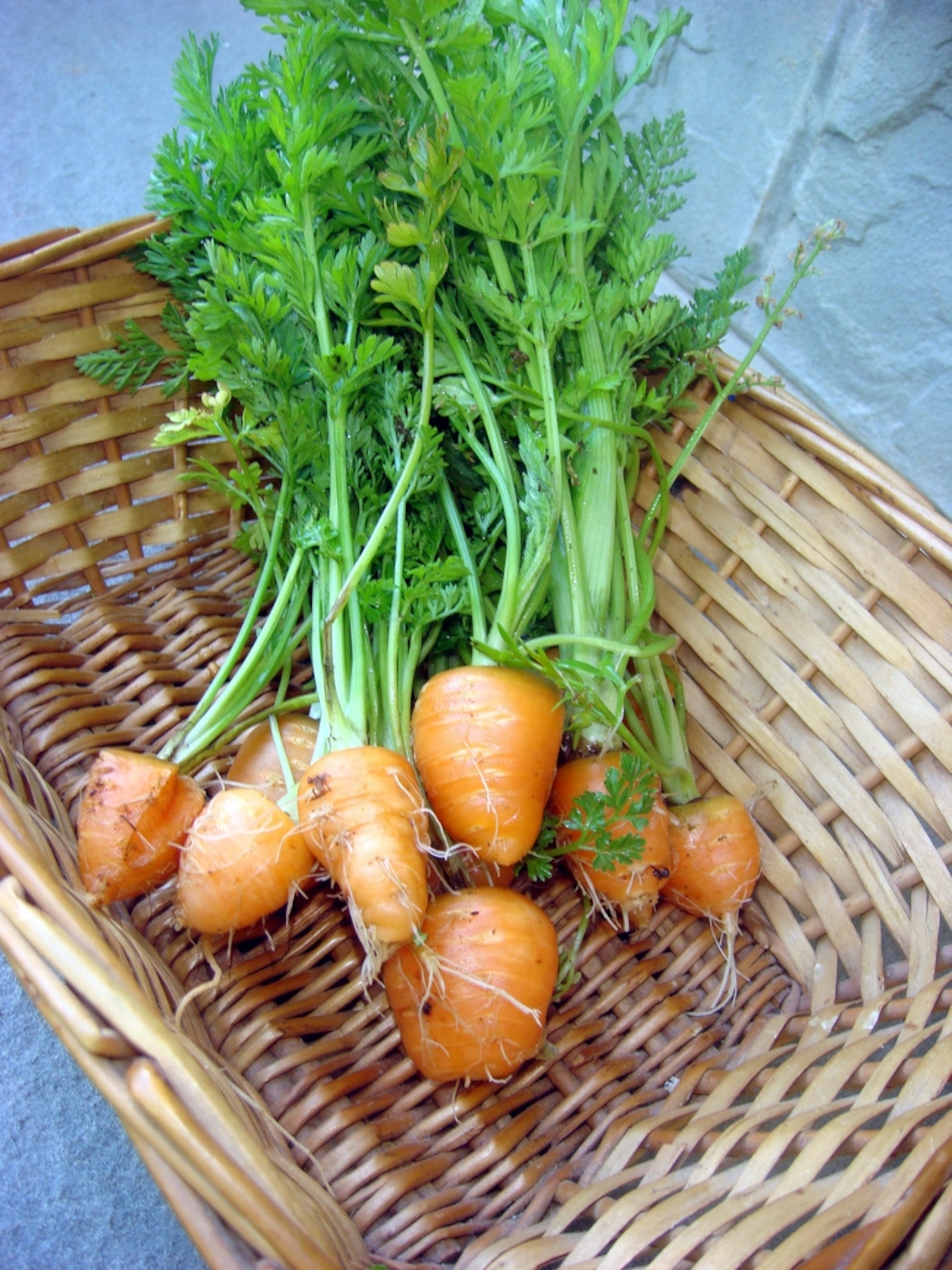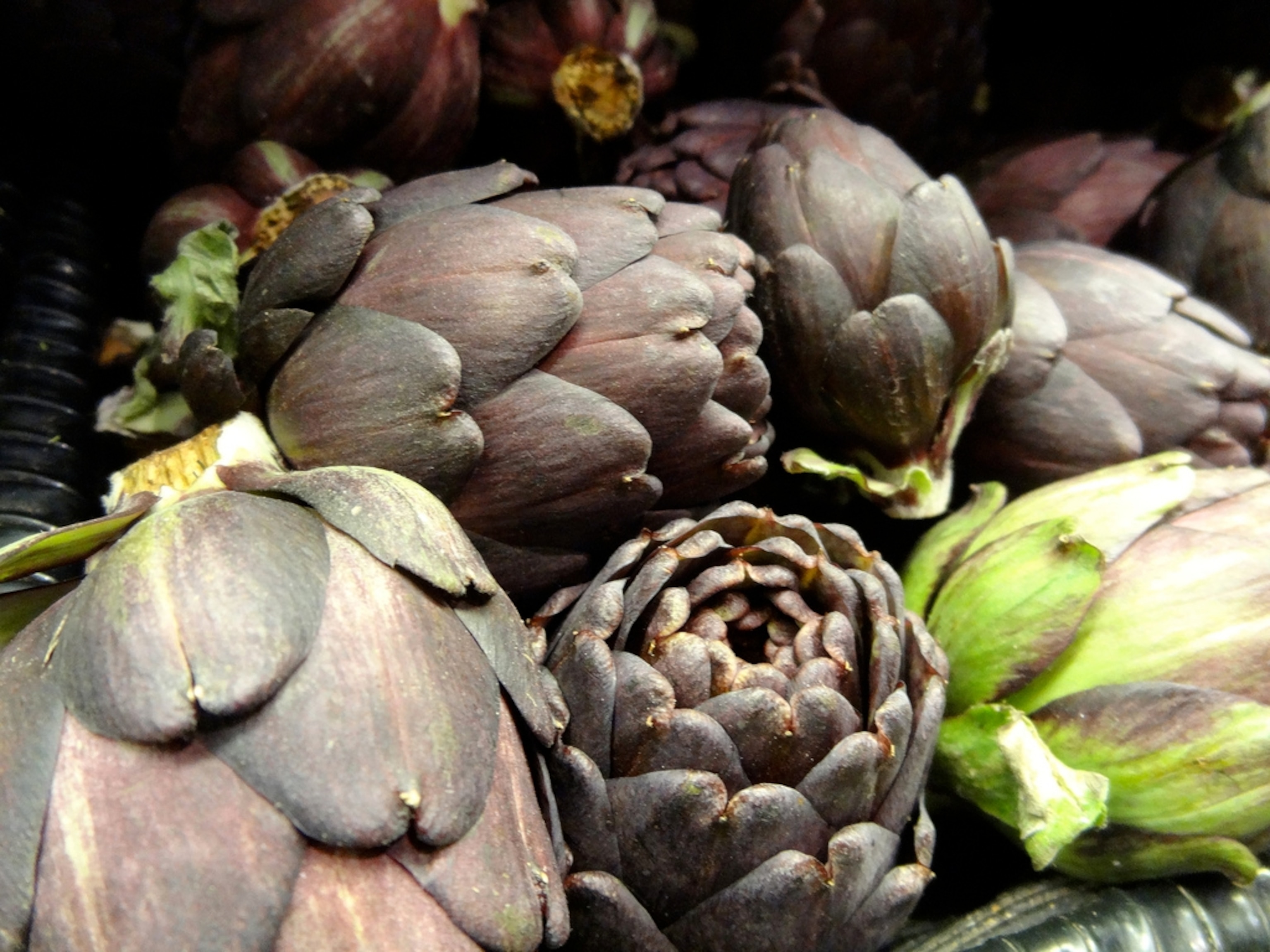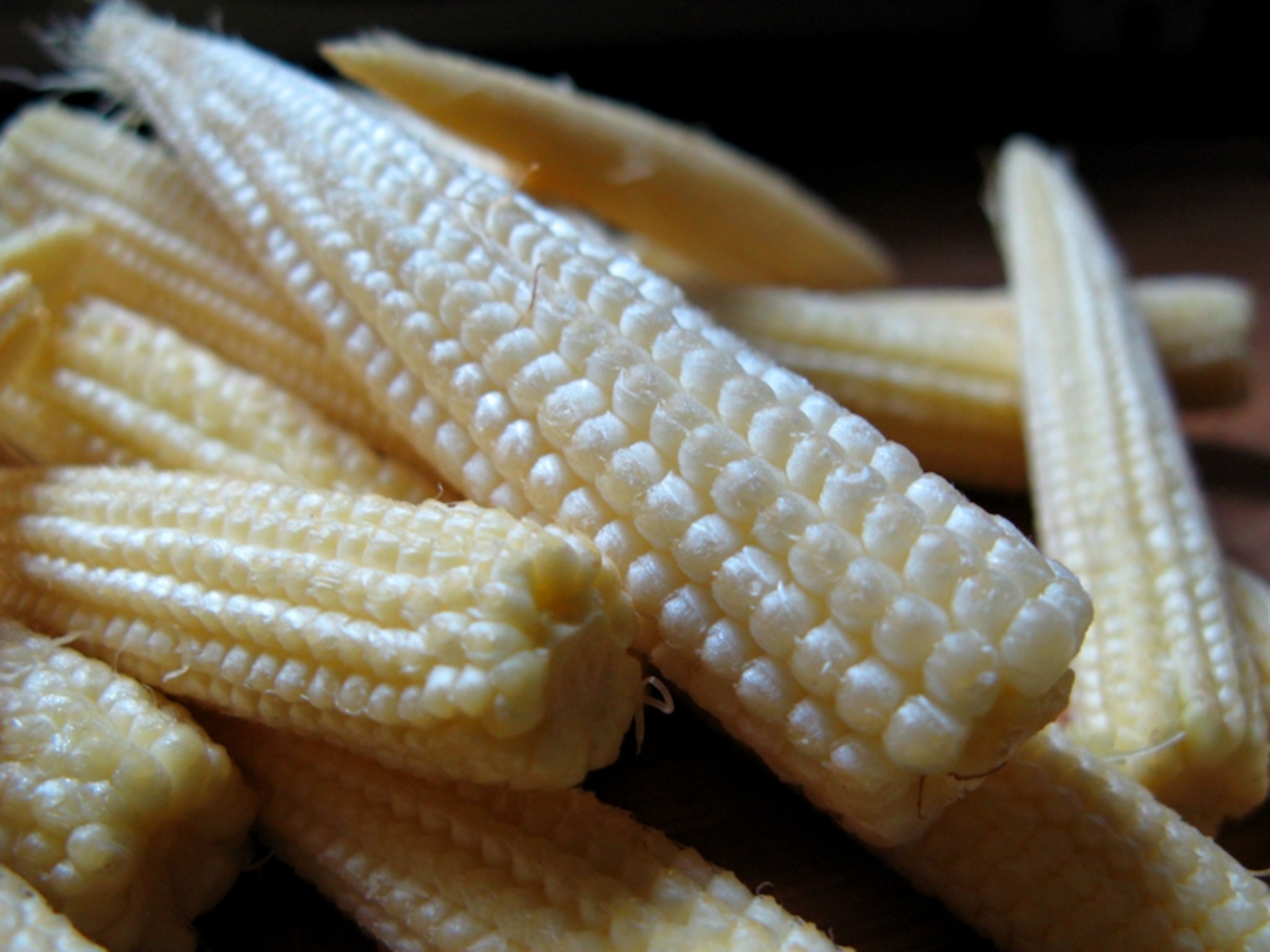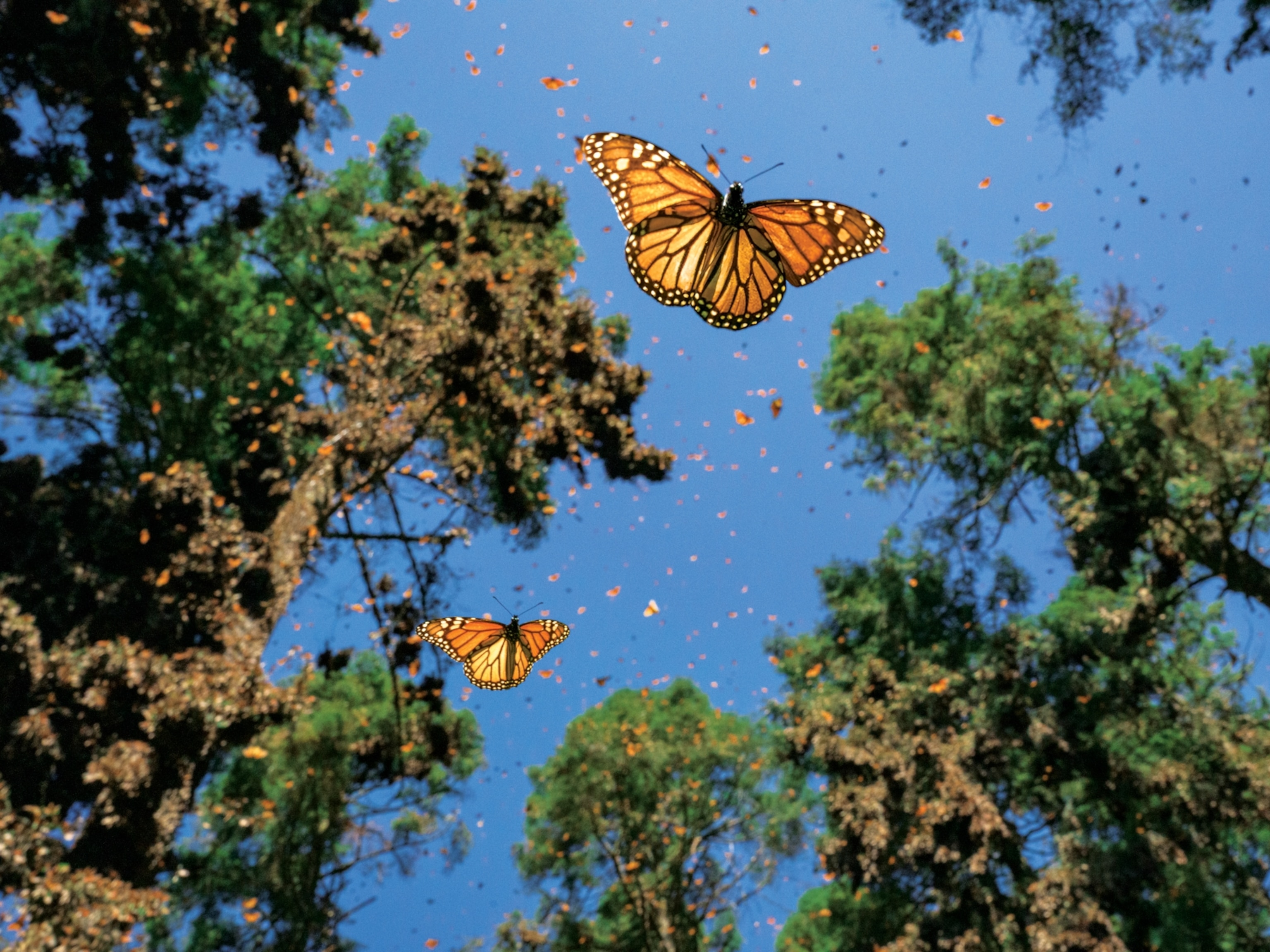
Are ‘Baby’ Vegetables Really Babies?
“Baby” is an abused word in the vegetable world.
Take baby spinach. Anyone, confronted with baby spinach, would blithely assume that they were eating infant, immature spinach, harvested in its carefree salad years before it had time to develop into serious-minded, grown-up spinach. This is, however, not true. Baby spinach is a small-sized version of conventional flat-leaf spinach. It’s not a baby. It’s a shrimpy but mature adult, the spinach equivalent of a toy poodle.
The same applies to a host of other so-called baby vegetables. Baby cucumbers, for example, are a tiny, but adult, form of seedless Persian cucumbers. Baby beets—which come in both red and gold—are adult beets that grow no larger than ping-pong balls. Baby cauliflower springs from miniature breeds whose heads —technically called curds—are just two inches across.
Other Lilliputian vegetables have more convoluted histories. Baby avocados, for example—also called avocaditos or cocktail avocados—develop from unpollinated avocado flowers, essentially the avocado version of virgin birth. Rather than fat leathery pears, baby avocados are the size and shape of dill pickles, seedless, and with butter-colored flesh. Baby broccoli—a.k.a. broccolini—is actually a hybrid of ordinary broccoli and kai-lan, a leafy broccoli relative also known as Chinese kale. The result is a slender, floppy broccoli with babyishly small florets. It’s smaller than run-of-the-mill broccoli, but it’s not a baby.

Some baby vegetables simply had miserable childhoods. Baby artichokes—at least as sold in the United States—are artichokes that develop on the lower part of the plant stalk. Shaded from the sun and dominated by the larger, luckier artichoke at the top of the stalk, baby artichokes—runt, might be a better term— never get very large. Their advantage: they’re easy to cook, because—unlike full-size artichokes, with their fibrous outer leaves and unpalatable choke—every bit of them is edible. Baby or pearl onions are normal-sized onions planted at such high density that none have enough space to develop properly. In a sense, they’ve been tortured into onion tininess, like Chinese-bound feet.
Some baby vegetables, however, actually are babies. Baby zucchinis, for example, are squash that have been picked prematurely when they’re skinny and tender, before they reach the Zeppelin-like proportions that zucchinis left on the vine can attain in the blink of an eye. Baby fennel is legitimately young fennel—its licorice taste is not as strong as that of the fully mature plant; and baby corn (sometimes, adorably, called cornlettes)—those teeny cobs eaten whole, featured in Asian cuisine—really is very young, prematurely picked corn.

Baby carrots—the snack food rave of the decade—are a mixed bag. Some baby carrots really are babies, yanked from the ground in infancy. Others are small, but adult, carrot cultivars. And some—most of those seen in stores these days—are mature carrots, creatively pared.
Carrots don’t always grow in tidy customer-approved conical shapes, but often branch, twist, buckle, and develop arthritic contortions and bulges. In the 1990s, California carrot grower Mike Yurosek—peeved at the waste due to customer-rejected twisted carrots—tried whittling carrots chunks into attractive bite-size bits and marketing them as “bunny balls.”
How Baby Carrots Were Invented
Bunny Balls—perhaps due to uncomfortable mental imagery—never took off, but baby carrots—same principle, different shape—did. Baby carrots—that is, adult deformed carrots, carved into finger-sized chunks—are now being sold in wildly popular junk-food-style packets. Baby carrots are cute. Kids love them. And in my opinion—in spite of the “baby carrot” linguistic scam—it’s a great idea.
Carrots are loaded with healthful stuff, notably carotenoids—a collection of some 500-odd orange and yellow pigments that function in plants to protect the all-important green chlorophyll from sun damage. In human carrot eaters, carotenoids support cell growth and beef up the immune system; and beta-carotene—the most prominent carotenoid in carrots—is a precursor for vitamin A, which is essential for human eyesight. No vitamin A and we go blind. If the baby label convinces us to eat more carrots, well—babies or not—I’m all for it.
Next on the docket though, may be smaller food yet—the latest in healthful eating is not just baby, but positively neonatal, veggies. Microgreens—dollhouse-sized radish, arugula, cilantro, basil, spinach, purple mustard, kale, and red cabbage leaves just one to two weeks old—are used to add colorful and tasty oomph to salads, sandwiches, and soups. And that’s not all they do. According to a study from the University of Maryland, microgreens pack up to ten times the nutritional punch of their conventional macro alter-egos, with markedly increased concentrations of vitamins C, E, and K and beta-carotene.
As the saying goes, sometimes good things come in small packages.
You can grow your own microgreens in pots on the kitchen windowsill at home. Many seed companies now sell microgreen seeds, either packaged individually or as mixes.
This story is part of National Geographic‘s special eight-month Future of Food series.
Zhenlei Xiao, Gene E. Lester, Yaguang Luo, and Qin Wang. “Assessment of Vitamin and Carotenoid Concentrations of Emerging Food Products: Edible Microgreens.” (2012) J. Agric. Food Chem. 60: 7644-7651.








